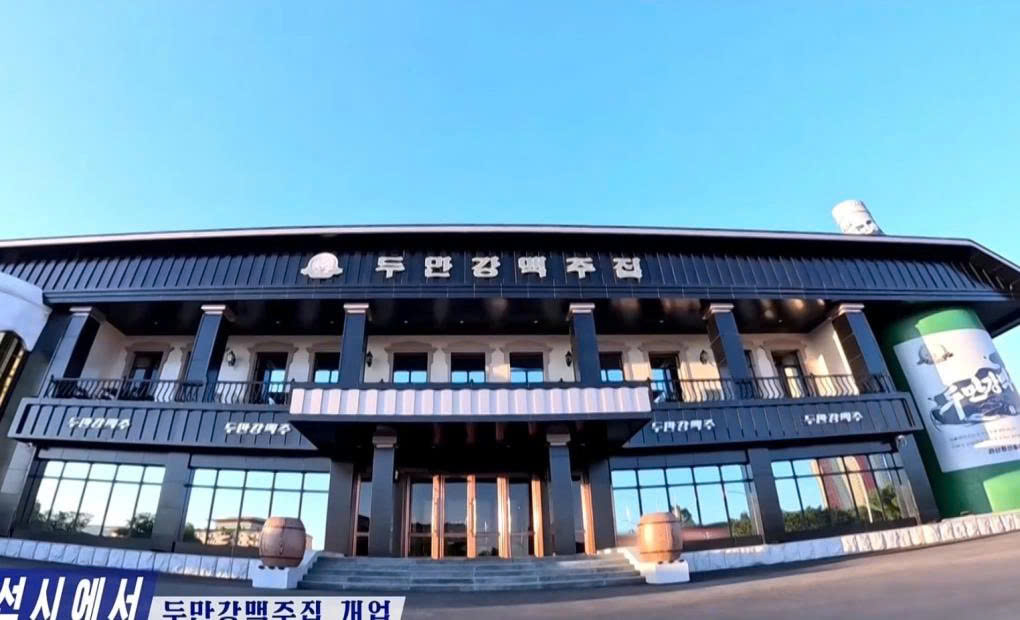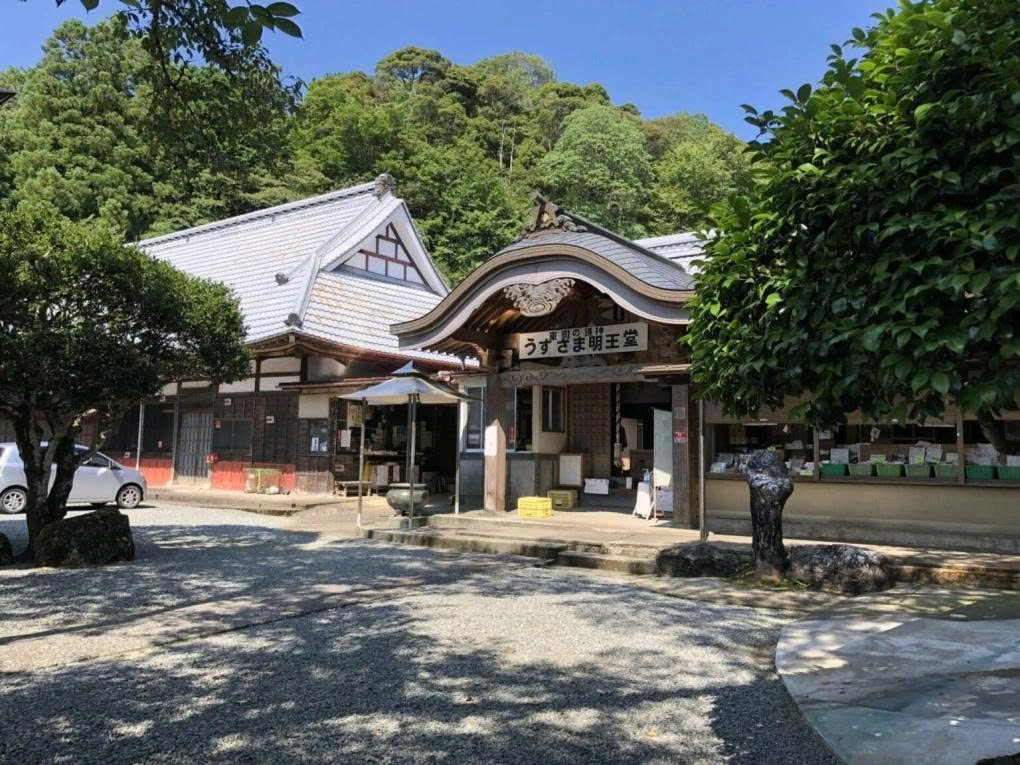Completely undressing in public baths, staying quiet on trains, and avoiding physical contact are things tourists visiting Japan should respect and follow.
Japan’s social customs and respectful behaviors can feel like a completely new world for visitors. Learning basic etiquette and manners can be a part of the travel experience and a way to interact with the local people. The following are some tips provided by the Japan National Tourism Organization (JNTO) in Vietnam.
Limited Physical Interaction
Generally, Japanese people tend to have very little physical contact in their daily interactions, such as not hugging or kissing, and minimizing handshakes or other public displays of affection. While physical contact is not entirely frowned upon, it’s best to observe how people around you are interacting to gauge the appropriate gestures, depending on the level of intimacy.
Tourists should not be overly intimate when interacting with Japanese people, as they might do with Westerners. Japanese people may be offended.
Slurping Noodles and Eating Sushi with Your Hands

Japan has many types of noodles like ramen, udon, and soba. In most restaurants, the Japanese habit is to slurp their noodles to fully enjoy the flavor. This is a common practice, whereas in Vietnam, it might be considered impolite.
Sushi in Japan is often eaten with both chopsticks and hands. You should not dip the rice directly into the soy sauce, but only the fish part, and you should also not mix wasabi directly into the soy sauce. These rules are strictly applied at high-end restaurants, but conveyor-belt sushi shops are more relaxed.
Vietnamese tourists should not criticize the local eating habits, and there is no need to force yourself to imitate them. Additionally, you should not leave leftover food and are not expected to take leftovers home. When dining in a group, the meal only begins when all members have their food in front of them.
Removing All Clothing in Public Baths
Taking a bath at an onsen or a public bath (sento) is a world-famous cultural aspect of Japan. At these facilities, you should remove all your clothes before entering the tub and wash your body thoroughly with soap. Sit down and use a bucket to pour hot water over yourself, making sure to turn off the water when not in use and to not splash others. Do not place towels or any other items in the water; the tub is for bathing, not for swimming.
Make sure to read the instructions carefully before entering a public bath, and avoid staring curiously, pointing, or making comments about other people’s bodies.
Maintaining Silence in Public Places
You may speak softly on the train, but talking on the phone at any volume while on public transport is discouraged. Lining up to the side of the train doors to make way for other passengers to get off first is good etiquette. Tourists should also always be mindful to offer priority seating to the elderly, pregnant women, or people with disabilities (if available). If you have a phone with you, keep it on silent mode and avoid making calls.
Taking Your Shoes Off Indoors
The custom of taking off shoes comes from the tradition of sitting or sleeping on floors covered with tatami mats, which is still practiced at ryokan inns. This etiquette involves removing your shoes at the entryway and using indoor slippers provided, then placing your shoes neatly in a box or to the side. Once inside, it’s customary to take off the slippers when walking on tatami mats or entering a bathroom. Most places have a separate pair of slippers for use in the restroom.
Besides cleanliness, removing shoes is also considered a sign of respect for the host or business.
According to JNTO

















